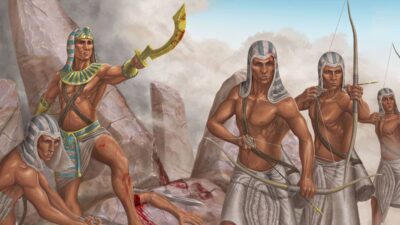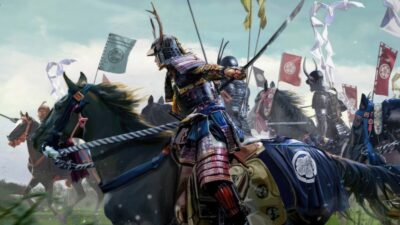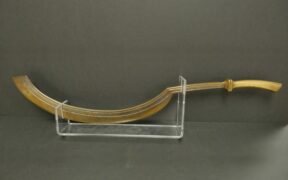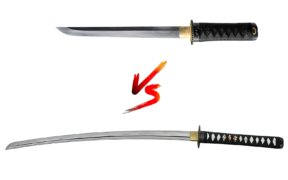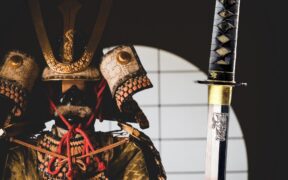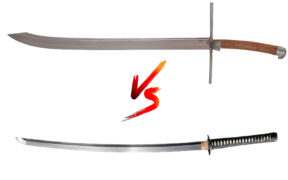Our content features commercial links to our products, committed to transparent, unbiased, and informed editorial recommendations. Learn More
Khopesh vs Katana: Egyptian and Samurai Sword Differences
NO AI USED This Article has been written and edited by our team with no help of the AI
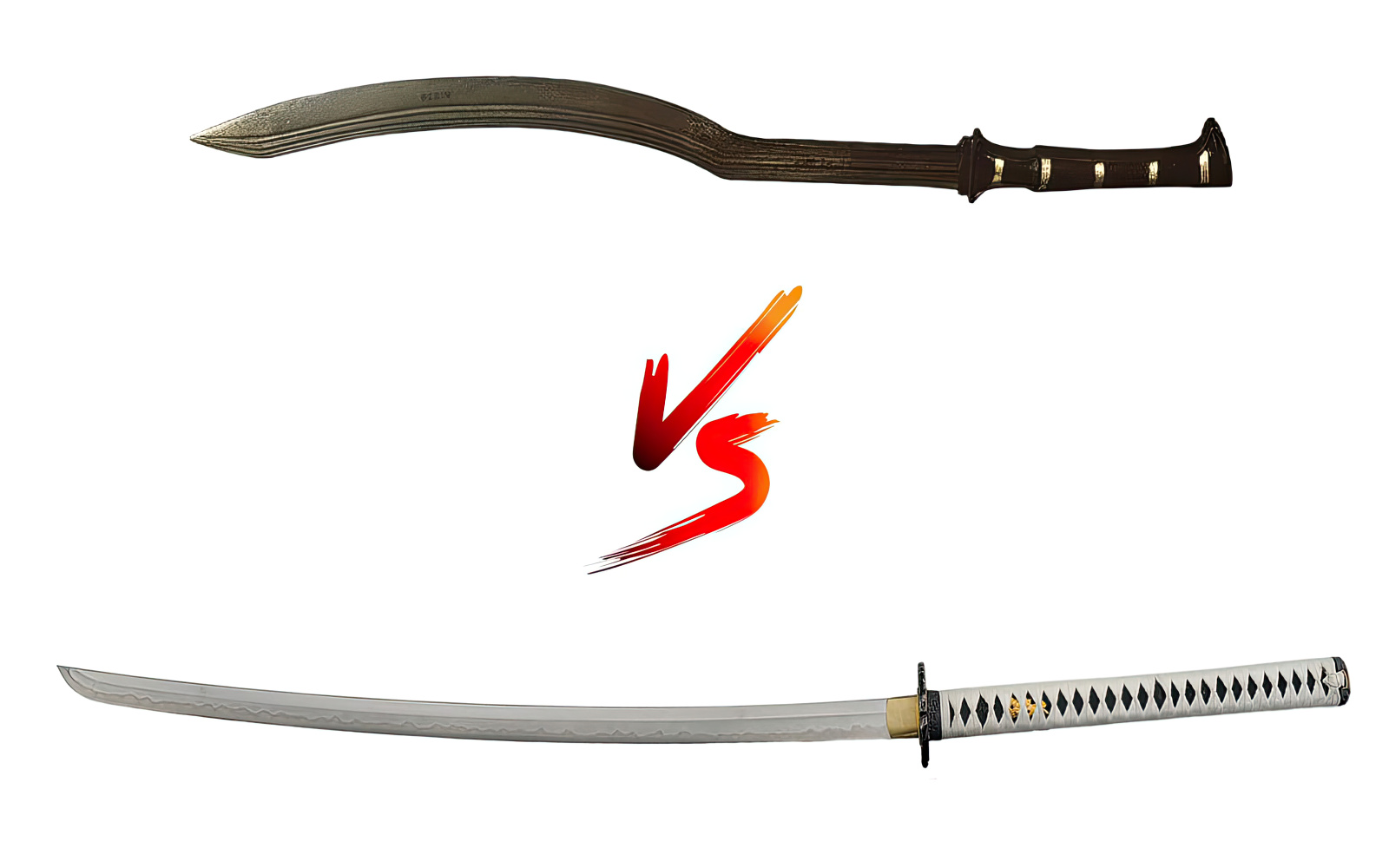
The khopesh and katana are some of the most fascinating swords in history. The khopesh is an old Egyptian sword resembling a sickle, while the katana is a curved sword used by Japanese samurai. The khopesh is curved like a hook, and the katana is long, thin, and slightly curved.
This article will explore the strengths and weaknesses of each weapon and consider which would win in a sword fight.
“When they had seen bodies chopped to pieces by the gladius Hispaniensis, arms torn away, shoulders and all, or heads separated from the bodies, with the necks completely severed, or vitals laid open, and other fearful wounds, realized in a general panic with what weapons and what men they had to fight” – Roman Historian Livy in the History of Rome
Terms, Characteristics, and Design Differences
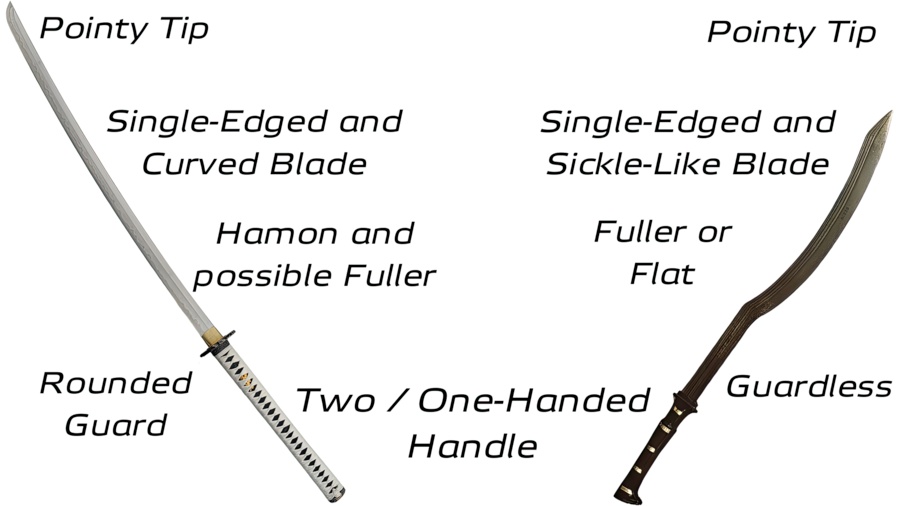
The khopesh is an ancient Egyptian word meaning “leg” or “leg of beef.” In Egyptian artwork, a bull’s leg signifies strength; therefore, the khopesh may symbolize strength.
In Japanese, katana means “sword” and can describe any kind of sword. Today, we refer to a special Japanese sword as a katana, which often comes after the word tachi. These single-edged samurai swords had a softer curve and were carried with the edge pointing up.
Blade
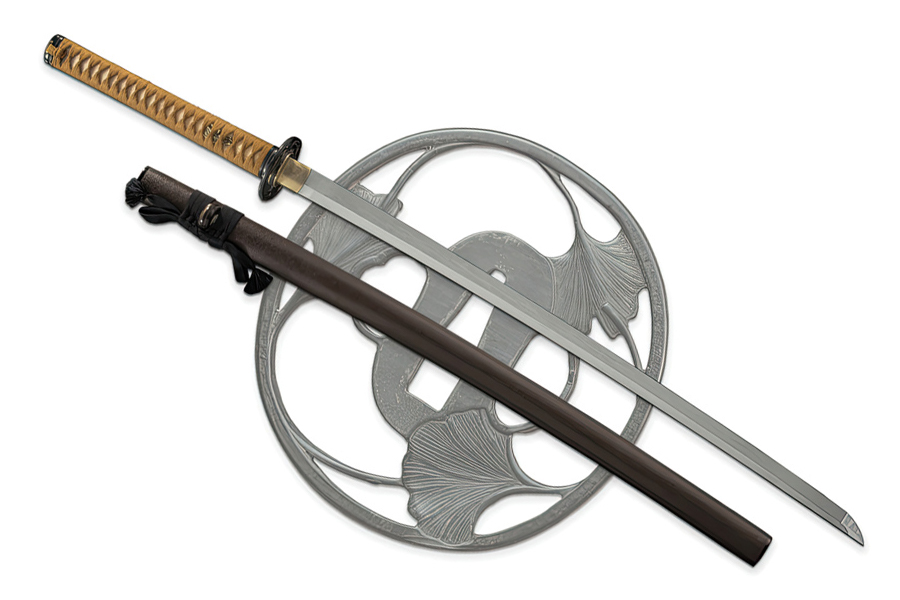
The Egyptian khopesh looks like a sickle or large ax made from copper, bronze, or iron. Its one sharp edge is great for chopping. The blade begins straight and curves like a sickle. Sometimes, the khopesh has special groves or decorations for adding strength.
The Japanese katana is a curved blade with one edge. It’s made of high-carbon steel, often tamahagane steel. Some katanas have grooves or fullers to make them lighter. They also produce a sound when swung.
The blade’s edge is especially hardened and referred to as a hamon. They can come in various shapes and tips, known as zukuri or kissaki.
Hilt
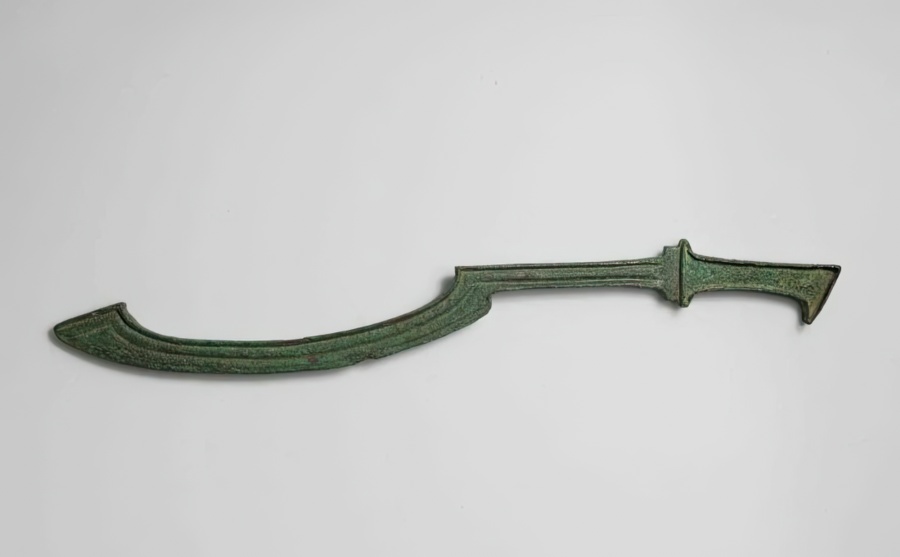
The khopesh has a short hilt, making it a one-handed weapon. Both the handle and the blade are usually made of bronze. Some could be wrapped with wood, ivory, bone, leather, or linen.
The khopesh does not have a handguard or pommel for protection, but some handles widen at the end for a better grip.
The katana has a much larger hilt called a tsuka, which is used with both hands. It can be made from wood or covered with ray skin tightly wrapped with silk, cotton, or leather, called a tsuka–ito.
The katana has a rounded handguard called tsuba, which protects the user’s hand. It can often have artistic designs.
Scabbard
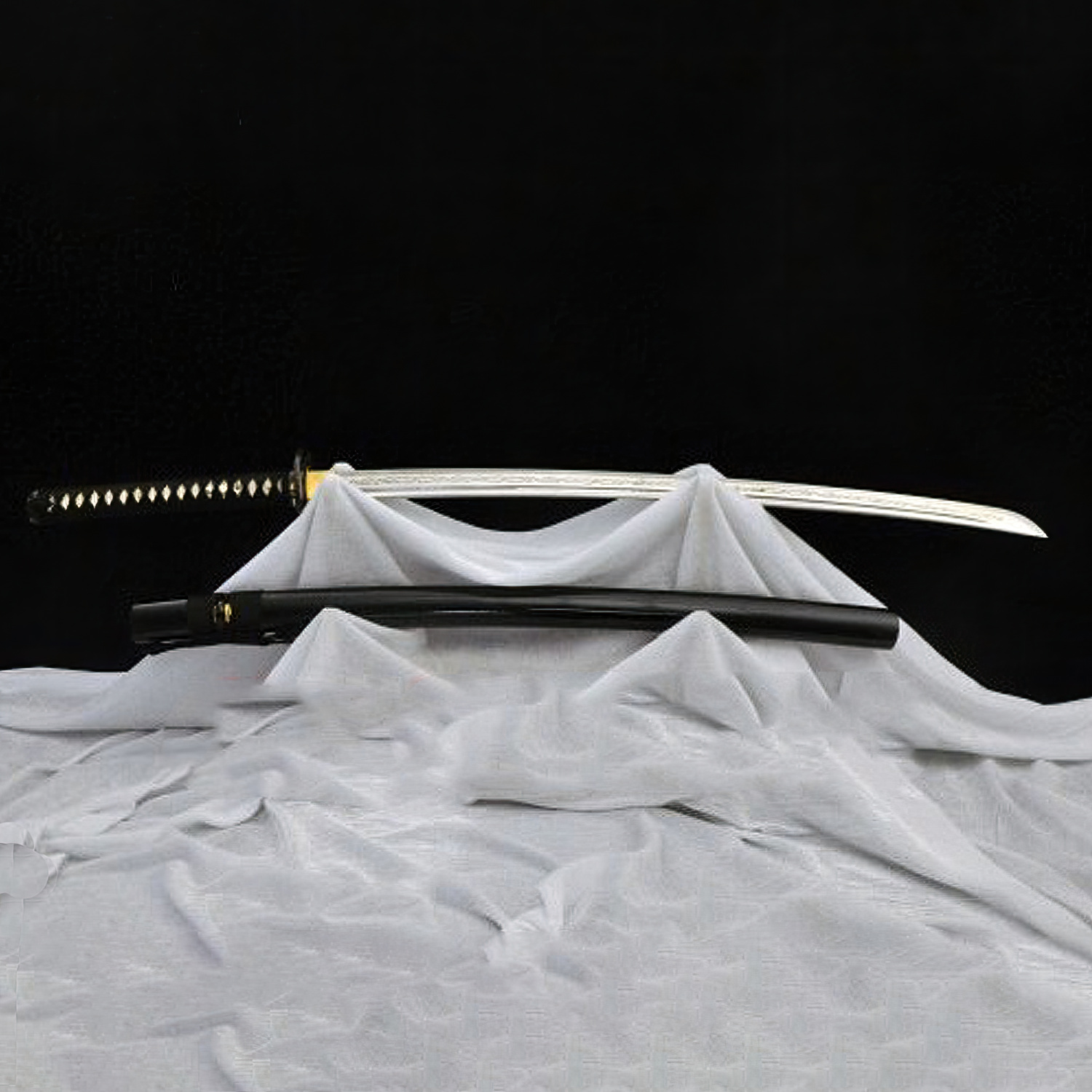
The khopesh often did not have a scabbard or sheath like other swords. It was used more like an ax and carried in the hands. Because it was made from bronze, it did not rust easily and didn’t need a sheath to protect it.
The katana’s scabbard is called a saya and matches the size of the blade. It is made of wood but may have ray skin on it. It has a cord called sageo to tie it to the user’s belt, or obi.
The katana is carried on the left side with the sharp edge facing up, making it easy to draw in battle.
Size and Weight
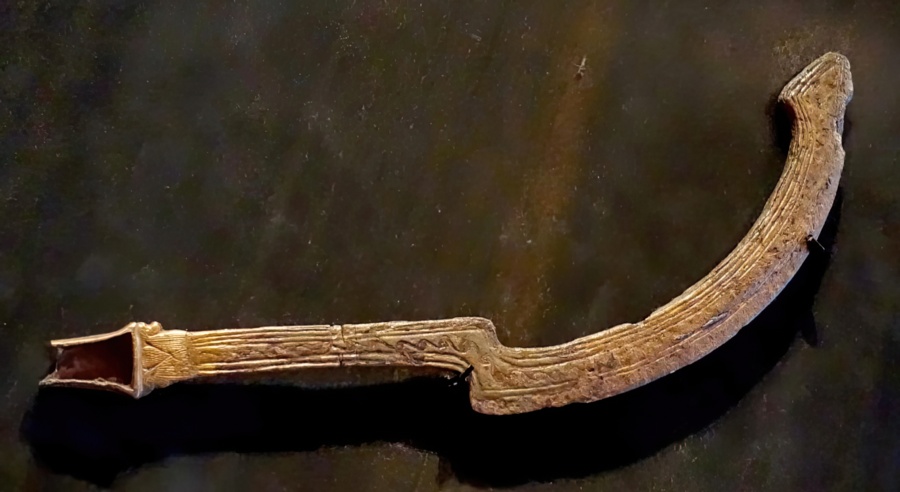
The khopesh is usually about 23.6 inches (60 cm) and weighs between 1.3 to 2.2 lbs (0.6 to 1 kg).
The katana is the bigger sword, and its length varies based on the user’s height. The usual length is around 39 inches (99 cm), weighing around 2.42 lbs (1 kg).
Historical Significance
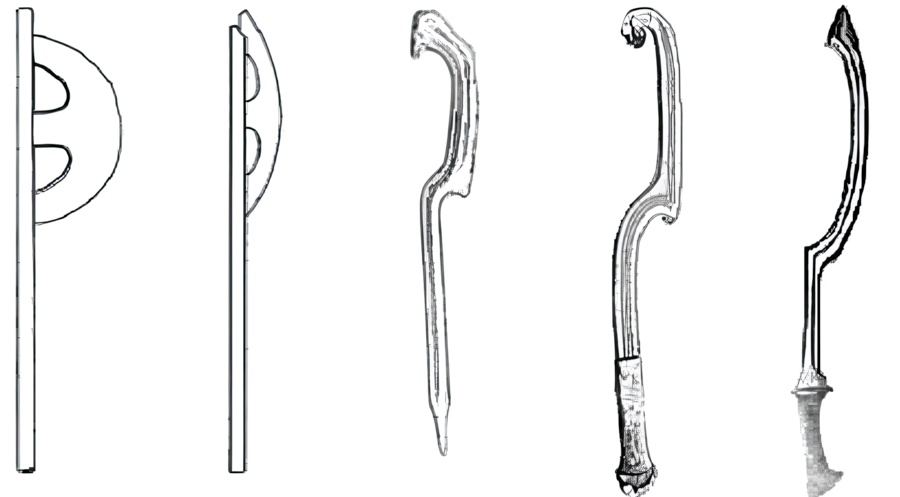
The khopesh is an ancient Egyptian sword from around 2000 BCE, and its design was influenced by the Mesopotamian sickle sword. The idea for this sword came to Egypt through wars and trade led by the Hyksos (foreigners), though farming tools may have also inspired it.
Still, the khopesh likely evolved from a warfare weapon called the epsilon ax. It was often wielded by Pharaohs as a show of power. When iron weapons became more common around 8th century BCE, the khopesh became less popular.
The katana is a Japanese sword from the Muromachi period in the 15th century. It was based on designs like the tachi and early Chinese dao straight blades.
The katana was made of high-carbon steel and used as a reliable sidearm during the Sengoku Jidai period (1467-1615). During the peaceful Edo period (1603), the katana became more symbolic and artistic. For almost 250 years, the katana was known as the “soul of the samurai.” It is still popular today, holding a mythical status.
Combat Preference
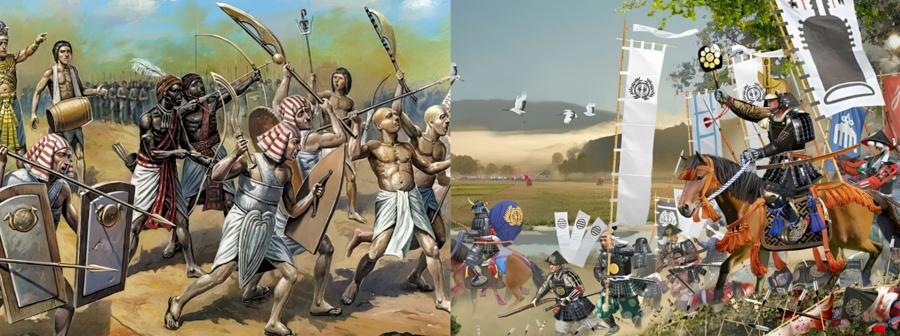
The Egyptian khopesh was used like an ax due to its shape and popularity in battle. It was used for strong slashing attacks and could easily break a shield of wood or one covered in hide.
It was often used with a large shield and was great for slashing when mounted on a chariot. Its curved tip could easily take down enemy shields, and the sharp tip could stab the enemy.
The Japanese katana was a secondary weapon used along with the yari spear or naginata polearm. It was a great sidearm used for quick, strong cuts and could also be used for thrusting.
The katana was used on horseback and on foot. Its smaller size made it good for self-defense in close quarters or open areas.
